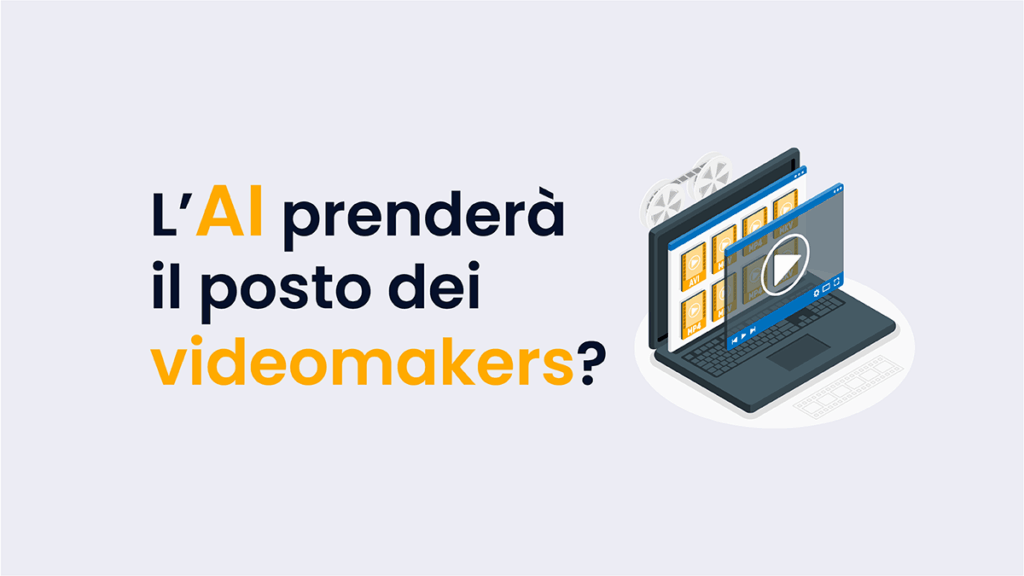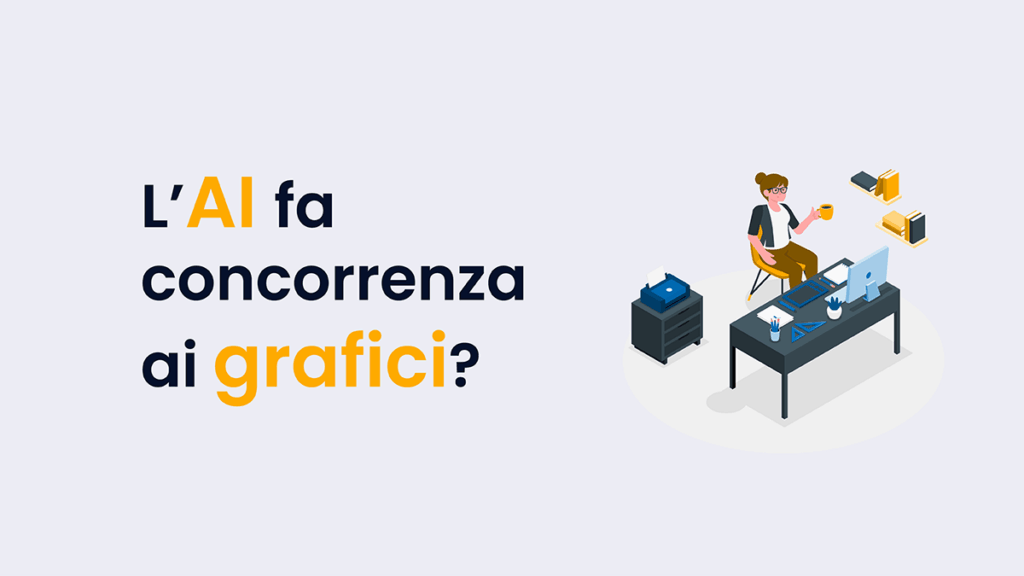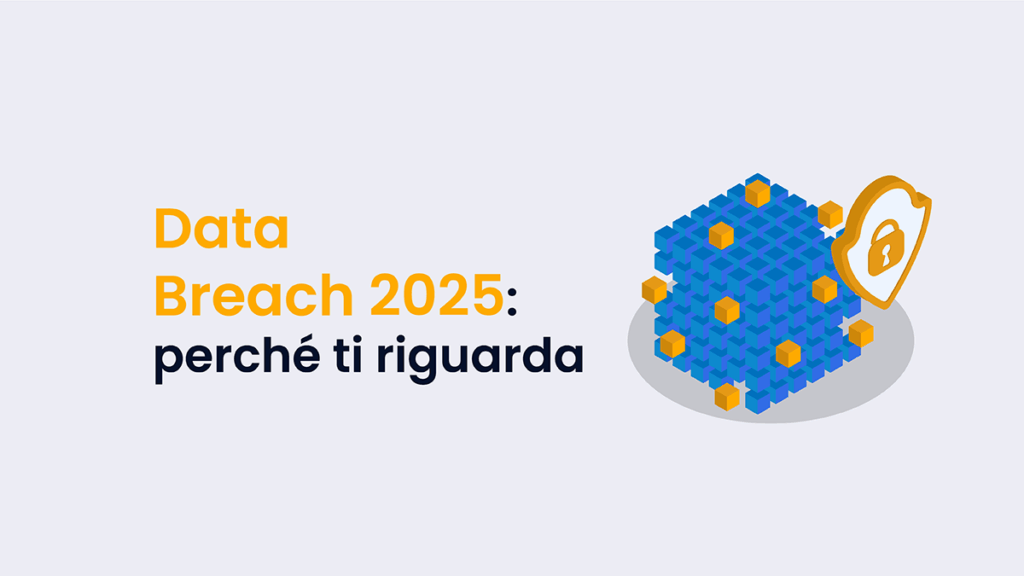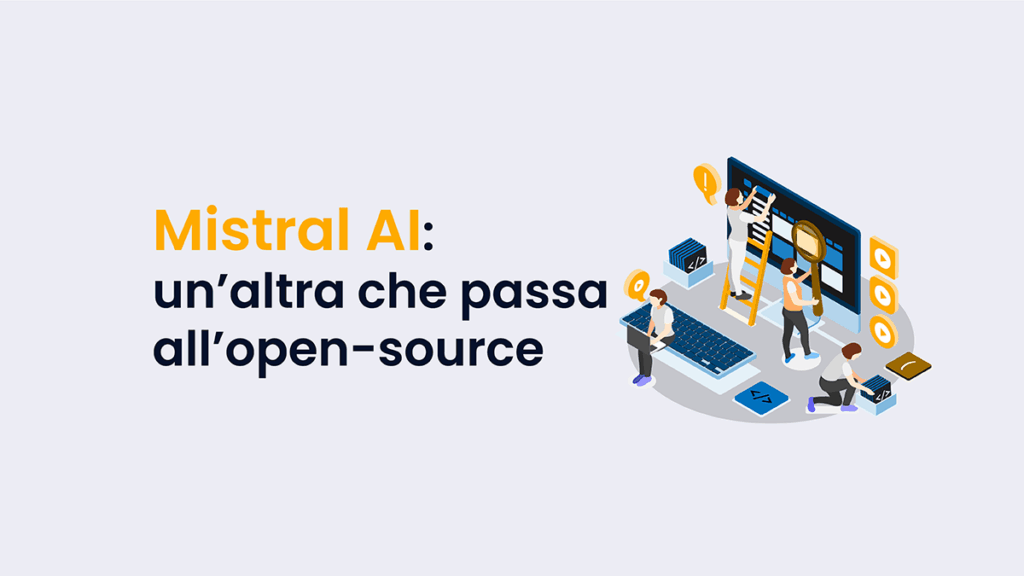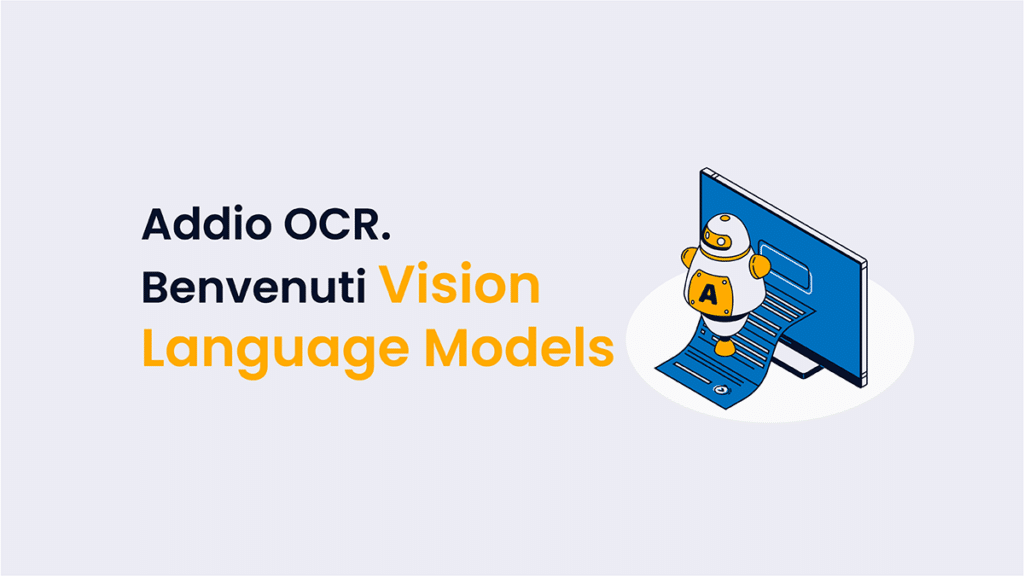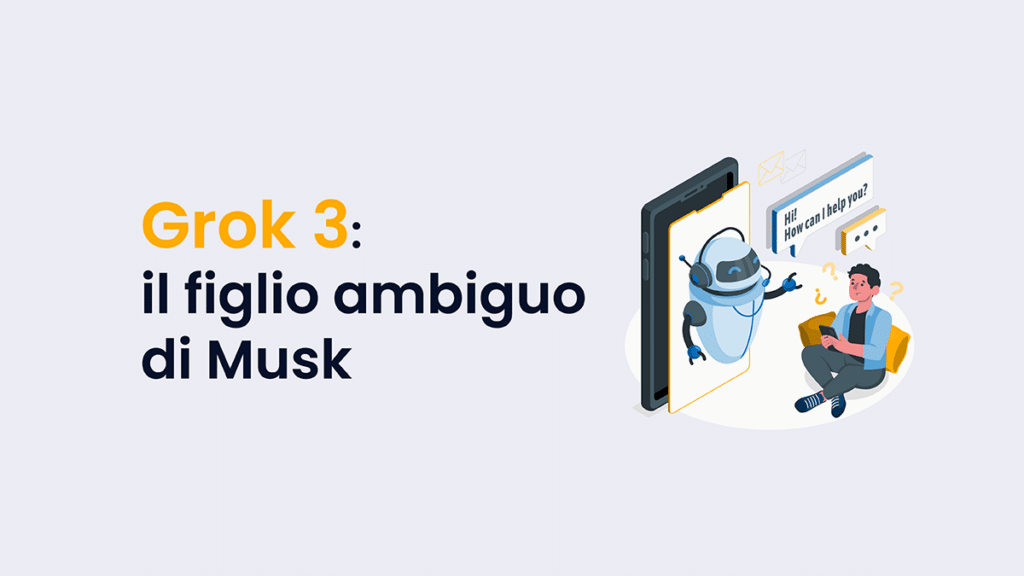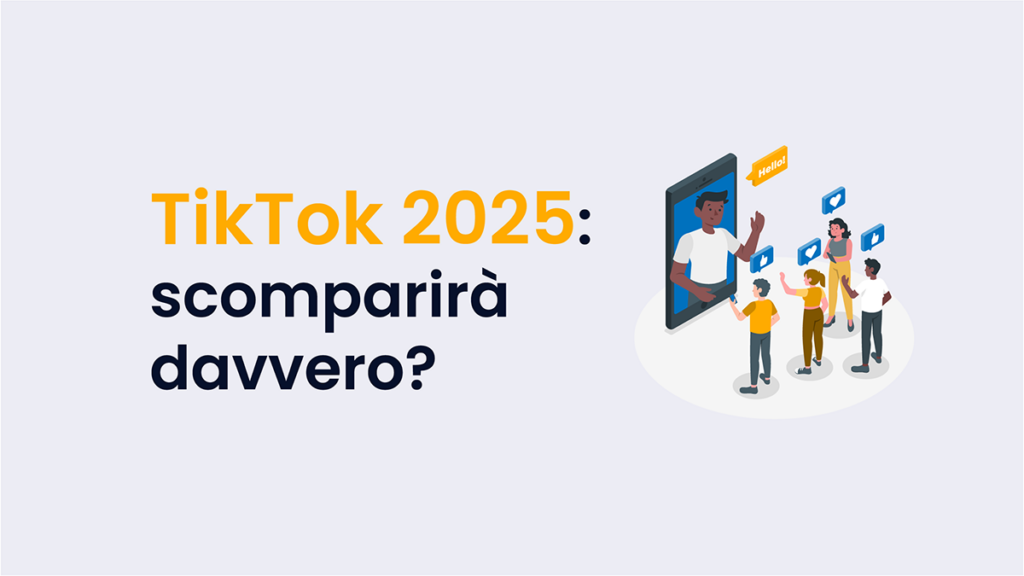Il metaverso prometteva di rivoluzionare il nostro modo di interagire con la realtà digitale.
Ha giocato parecchio con la nostra fantasia, ma dalla sua esplosione a oggi ha lasciato anche molto all’immaginazione. Infatti, con l’ascesa dell’intelligenza artificiale che offre soluzioni immediate e tangibili, l’attenzione si è spostata. Però questo non significa che il metaverso si sia sgonfiato: si sta semplicemente direzionando verso settori specifici e in alcuni casi verso vere e proprie nicchie. In più il paragone con l’IA non è esclusivo e unidirezionale, perché tra le due tecnologie (come ci si doveva aspettare) c’è un’integrazione.
Partiamo proprio da questa per poi andare verso le applicazioni specifiche del metaverso con un focus finale sulle realtà italiane.
Indice dei contenuti
Metaverso + IA = gemelli digitali
Il metaverso non è solo una piattaforma per la realtà virtuale, ma anche un campo fertile per l’integrazione con l’IA. Un esempio interessante sono i gemelli digitali. Parliamo di repliche virtuali di oggetti fisici, processi o sistemi, che utilizzano l’IA per costruire, analizzare e ottimizzare caratteristiche e operazioni in tempo reale. I settori dove i gemelli digitali trovano espressione sono l’industria, la manifattura e la logistica.
Vediamo meglio questi e gli altri campi in cui il metaverso continua a crescere e applicarsi.

Campi di applicazione oggi: settori specifici e nicchie
Come vi abbiamo ripetuto ormai decine di volte, andare sullo specifico e sulla nicchia è alla base della logica pubblicitaria. Pensateci: tra chi vende la stessa categoria di prodotti, chi emerge di più è chi ha un brand caratterizzato e chi si rivolge a un pubblico preciso.
Poi va da sé che se si ha un passpartout tecnologico (come l’IA) è ovvio che può creare un sistema e buttarsi in più settori… ma avrà anche più concorrenza, che a volte va crescere, ma altre volte fa affondare.
Sviluppare videogiochi creando un metaverso è la prima cosa che ci viene in mente, ma c’è altro.
Realtà aumentata e realtà virtuale sono utilizzate nel settore industriale per la manutenzione predittiva e la formazione immersiva. Ad esempio, i tecnici possono utilizzare visori per ricevere istruzioni dettagliate durante le operazioni di riparazione, migliorando la precisione e riducendo i tempi di inattività. E, con la realtà virtuale, i lavoratori possono addestrarsi replicando situazioni reali senza rischi e impiego di risorse costose.
Realtà virtuale e realtà aumentata che trovano anche ragion d’essere nell’architettura, cosa che apre a mille mondi. Per oggi gli impieghi più sviluppati sono nel campo dell’urbanistica, dove si utilizzano i suddetti gemelli digitali per ricreare ogni elemento della città. Potreste dire che questo avviene già da 5000 anni con i progetti in scala, ma un conto è rappresentare, un altro conto è riprodurre. In più progettare spazi urbani tenendo conto dell’efficienza energetica è molto complesso, quindi avere alleati digitali raffinati e veloci è una svolta importante.
Realtà italiane
Perché dall’urbanistica passiamo subito alle realtà italiane? Il nostro ponte è l’immobiliare. Infatti vi citiamo subito Reesty, un mercato per proprietà immobiliari virtuali dove si possono acquistare, vendere e affittare spazi digitali.
Un’altra realtà significativa è Over the Reality, che utilizza la realtà aumentata per creare un metaverso in cui gli utenti possono acquistare terreni virtuali mappati sul mondo reale. Poi c’è Igoodi, che invece è una startup specializzata nella creazione di avatar 3D iper-realistici utilizzati per varie applicazioni, dal fitness al retail. E, infine, abbiamo AnotheReality sviluppa soluzioni immersive per la formazione e l’intrattenimento, collaborando con aziende e istituzioni per integrare le loro operazioni nel metaverso.
Il metaverso non ha fatto nessuna fine
Alla luce di queste informazioni possiamo dire che il metaverso non ha fatto nessuna “fine”.

Si è solo scoperto che applicazioni in larga scala evidentemente non sono ancora possibili o non interessano abbastanza. Gli utilizzi specifici però sono senza dubbio interessanti e con grande probabilità faranno sempre più parte del nostro futuro. Se ci pensate bene, alcune applicazioni di metaverso (come quella industriale), facilitano e ottimizzano il lavoro senza sostituire la persona che lo fa. In questo senso, anche utilizzando massicciamente l’IA, si può arrivare a utilizzi che preservano di più la nostra umanità.
Che il metaverso sia un ponte tra l’umano e l’IA? Un collegamento che segua un processo inverso rispetto all’IA che entra nel mondo umano. L’umano entra piuttosto in un mondo virtuale, lo plasma e lo esplora, utilizza simulazioni e le integra poi nel mondo reale che (ottimisticamente) rimane intonso.

